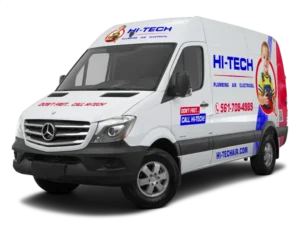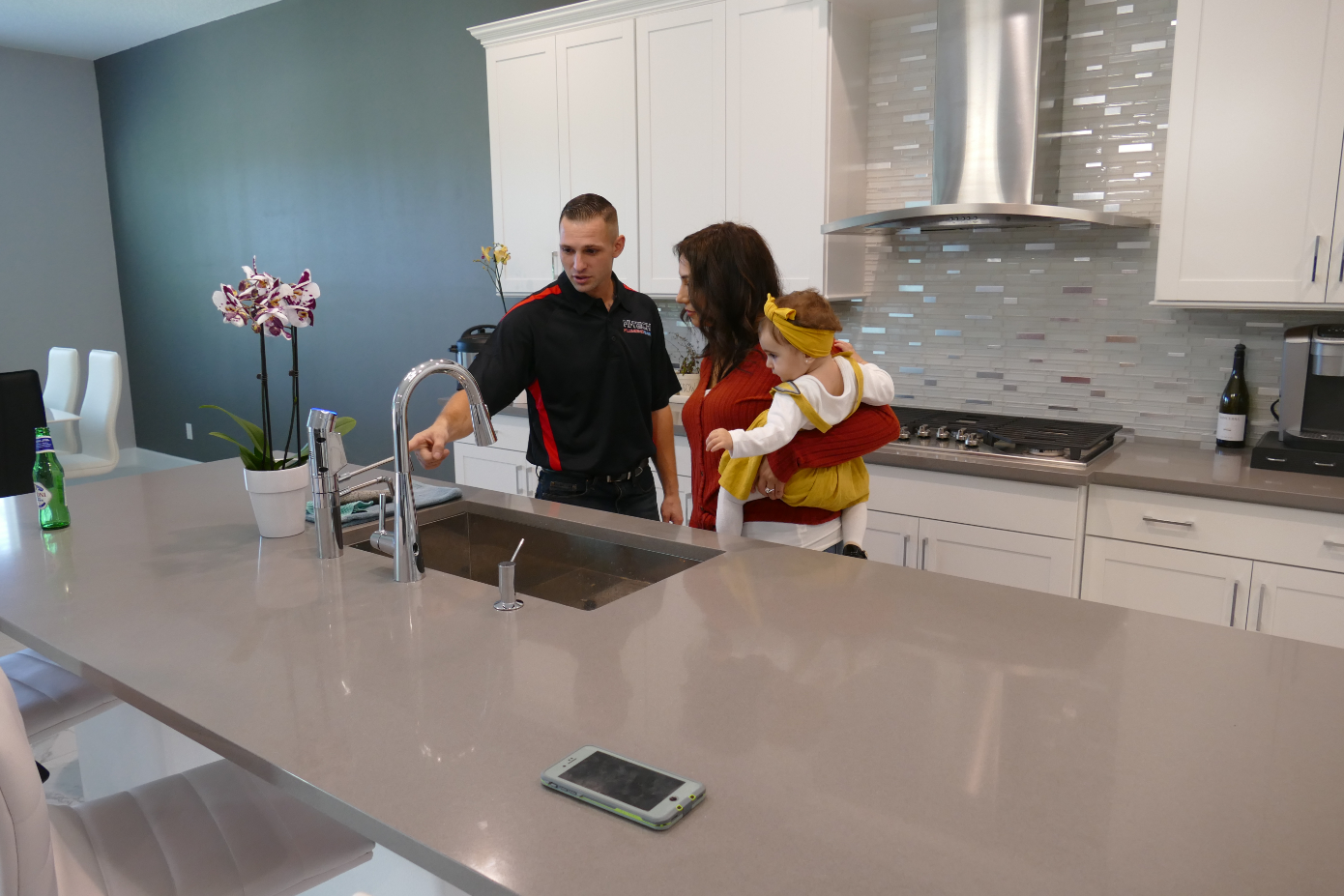How to Protect Your HVAC System During Hurricane Season
In Florida and other coastal areas, hurricane season brings more than just rain and wind—it brings potential property damage, including to one of your home’s most valuable systems: your HVAC unit. When a storm is approaching, many homeowners think about boarding up windows and securing outdoor furniture, but the HVAC system is often overlooked until it’s too late.
Protecting your HVAC system during hurricane season not only avoids costly repairs or replacements but also keeps your home safe, comfortable and functional after the storm passes. In this post we’ll go over practical, proactive steps you can take to safeguard your heating and cooling system before, during and after a hurricane.
Why Hurricanes are a Threat to HVAC Systems
HVAC systems, especially the outdoor condenser unit, are vulnerable to hurricane damage for several reasons:
- High winds can knock equipment over.
- Flying debris can dent or puncture metal parts.
- Floodwaters can destroy electrical circuits or mechanical parts.
- Power surges after an outage can fry internal systems.
Because HVAC systems are essential to indoor air quality and comfort, protecting them should be at the top of the list for homeowners preparing for storm season.
Pre-Hurricane Preparation: Steps to Take Before the Storm
1. Secure the Outdoor Unit
The condenser—the big metal unit outside your home—is most exposed to storm damage. Here’s how to protect it:
- Anchor the unit: Use hurricane straps or tie-down kits specifically designed for HVAC systems to secure the unit to its concrete base.
- Clear the area: Remove lawn furniture, grills, loose branches or tools that could become airborne and hit the unit.
- Install a protective cage or cover: A durable storm cage or metal mesh cover can provide an extra layer of protection against debris without affecting airflow.
2. Shut Down the System Properly
During a hurricane electrical surges and flooding can cause serious damage to an operating HVAC system. When a storm is approaching:
- Turn off the thermostat to prevent the system from running during the storm.
- Shut off the power at the breaker box to minimize the risk of electrical damage.
- If possible, disconnect the unit entirely (especially window units or portable systems) to avoid surge related issues.
3. **Elevate the Unit in Flood Prone Areas If you live in a flood prone area consider having your HVAC contractor elevate the outdoor unit above flood levels using a raised platform or base. This is especially important for homes in low lying coastal areas.
4. Schedule a Pre-Season Inspection
Before hurricane season starts have a licensed HVAC professional inspect your system. They can:
- Check all electrical connections
- Check refrigerant levels and internal components
- Verify proper drainage for the system
- Identify any pre-existing wear or damage that could get worse in a storm
An inspection not only boosts efficiency but gives you peace of mind your system is storm ready.
What to Do During the Storm
Once the storm starts:
- Keep the system off to prevent damage from electrical fluctuations or falling debris.
- Don’t go outside to check the unit during high winds or heavy rain—it’s not safe.
Instead focus on staying safe indoors and wait until conditions improve before checking the unit or turning it back on.
Post-Hurricane Actions: What to Do After the Storm
1. Inspect the Unit for Damage
Once it’s safe to go outside:
- Look for visible damage like dents, disconnected parts or debris lodged in the fan.
- Check for standing water around or under the unit.
- Make sure all panels and fasteners are intact.
Don’t turn the system on if you suspect any damage. Doing so can cause further internal issues or be a fire hazard.
2. Schedule a Professional Inspection
Even if everything looks good it’s best to have an HVAC technician inspect the system before using it again. They can:
- Test electrical systems and refrigerant lines
- Clean out debris from coils and fans
- Verify safe operation and restart the system properly
This step is critical to prevent long term damage that may not be visible.
3. Document Any Damage for Insurance Claims
If your HVAC system is damaged:
- Take clear photos of the damage from multiple angles
- Save receipts for repairs or replacement costs
- Contact your homeowners insurance company right away
Many insurance policies cover hurricane related HVAC damage especially if you can show you took preventive measures.
Long Term Solutions to Storm Proof Your HVAC System
If you live in a hurricane prone area consider investing in long term upgrades to make your HVAC system more resilient:### Before the Storm
- Hurricane-rated units: Newer models meet higher wind resistance standards.
- Surge protectors: Install a surge protector at the electrical panel to protect the entire system.
- Flood-resistant enclosures: Waterproof boxes or cabinets for vulnerable components.
- Smart thermostats: Power down or monitor your system remotely.
Don’t wait for the storm
The best time to prepare your HVAC system for hurricane season is before the first storm. By acting early you’ll avoid costly repairs, extend the life of your unit and keep your home comfortable and safe after the storm.
Preventive maintenance and smart upgrades will reduce your risk and protect one of your home’s biggest investments.
Need help storm-proofing your HVAC? A licensed tech can inspect, reinforce and guide you through best practices for your home.

